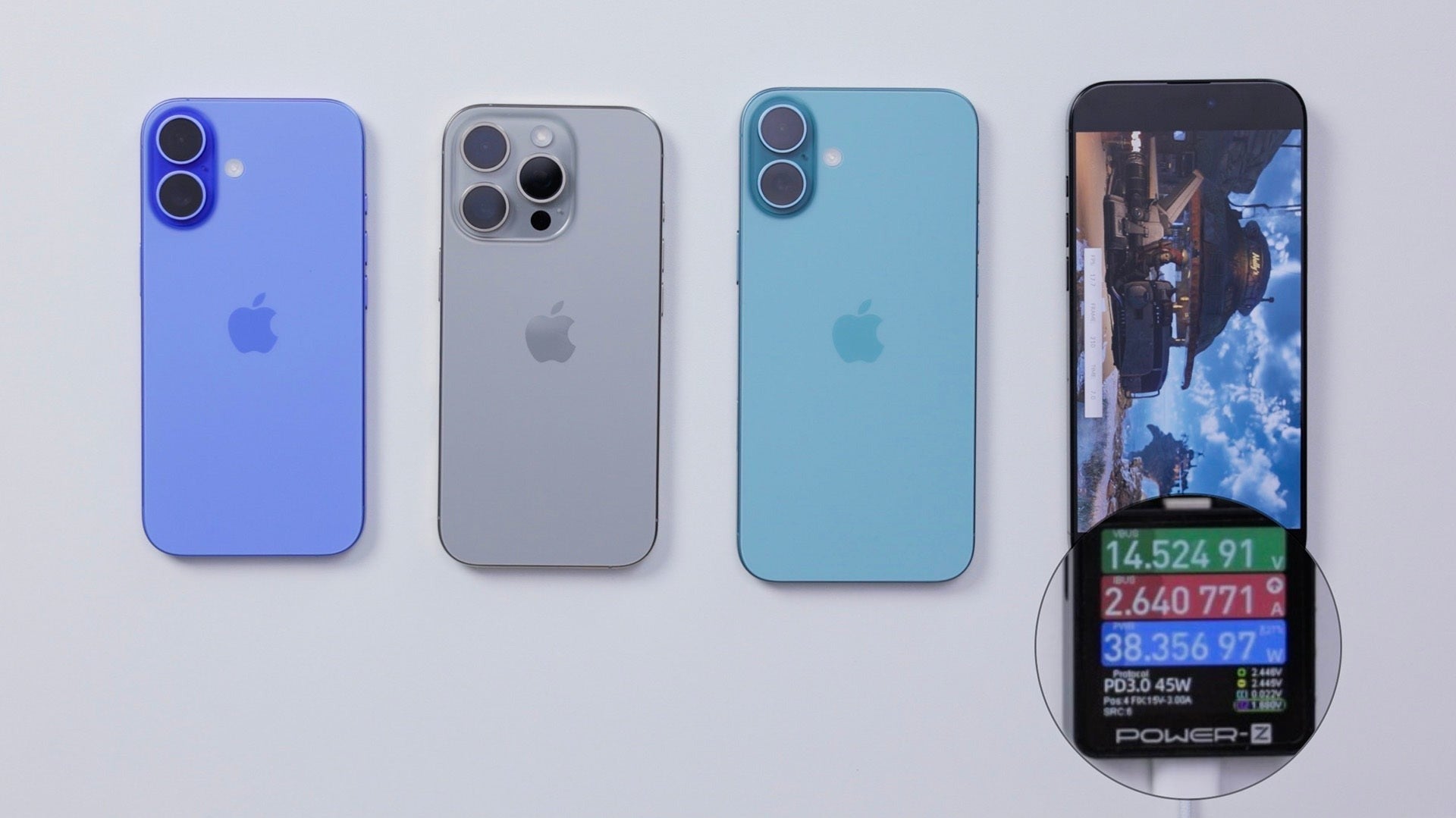The iPhone’s charging speeds have at all times lagged behind Android rivals, however that may lastly change with the iPhone 17 collection, however most likely not in the way in which you anticipate.
A brand new report means that Apple is getting ready a serious improve to its proprietary MagSafe wi-fi charging, massively growing the utmost vitality enter from the present 25W.
A much-needed leap for iPhones
As noticed on Taiwan’s NCC database, Apple seems to be getting ready a brand new MagSafe charger that helps as much as 45W output. That’s a big soar from the present 25W cap, and the important thing lies within the adoption of Qi 2.2, an upgraded model of the Qi 2 normal.This new charging brick was examined on a number of iPhones — together with the iPhone 16 and even the iPhone 11 — however solely Qi 2.2-compatible telephones just like the upcoming iPhone 17 are anticipated to unlock the complete 45W speeds.
Qi 2.2 additionally improves magnetic alignment, charging effectivity, and maintains backward compatibility. Meaning older iPhones can nonetheless use the brand new charger, simply not at its full potential.
Apple appears to imagine wi-fi charging is the longer term


The hidden charging improve that got here with the iPhone 16 collection. | Picture by PhoneArena
At this level, there’s no indication that the iPhone 17 collection will enhance on wired charging speeds. Mockingly, this implies MagSafe could find yourself being the sooner technique to high up your iPhone.
Extra on the iPhone 17
With Qi 2.2 help and a revamped MagSafe system on the desk, the iPhone 17 collection might lastly give Apple customers what they’ve lengthy requested for: sooner charging, simply not within the conventional approach that makes use of a cable.
May this be a stepping stone towards the long-rumored portless iPhone? Presumably. That concept now not feels far-fetched contemplating how a lot wi-fi charging has improved. Nonetheless, for customers who often switch massive recordsdata, nothing beats the reliability and velocity of a bodily connection. So whereas the longer term could also be wi-fi, ports are probably sticking round for at the very least just a few extra years.

